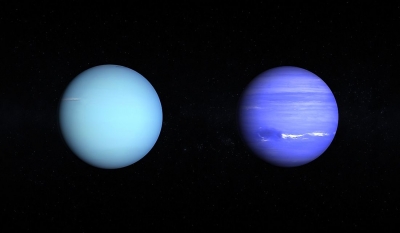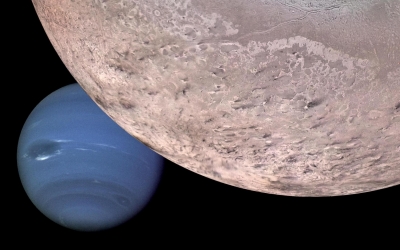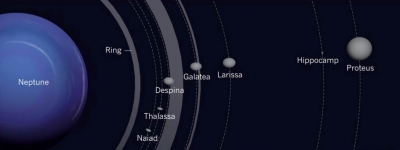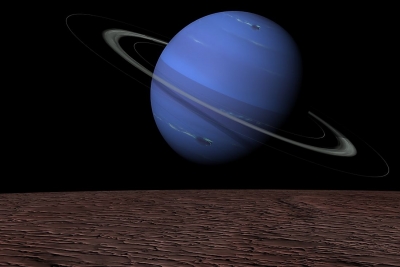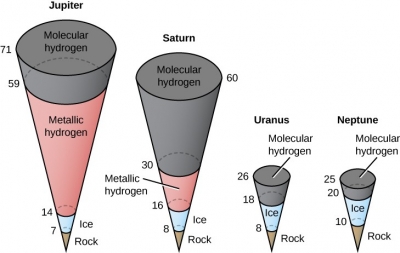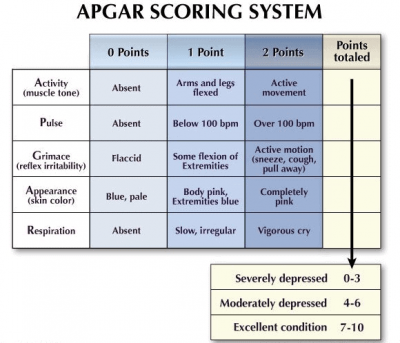Does reading take you places?Does reading take you places?

The pandemic has been on for nearly two years now, and due to that many of you may not be discovering as many new places as you want to. But you can still. travel. How? By turning the pages of a book, you can go where you want your heart to go.
From long ago
- The "Little House" book series written by Laura Ingalls Wilder may not really be travel books but more of books about shifting of residences, discovering new people and places. Well, did you know that these books have also come under wide criticism for their views on race stereotypes?
- Extremely enjoyable is this adventure book by Jules Verne. It's "Around the World in Eighty Days". Phileas Fogg and Jean Passepartout take us on a whirlwind tour of the world in just 80 days, would you believe it? It is seen as Jules' best book.
- "The Hobbit' by J.R.R. Tolkien may be last century but the adventures of Bilbo Baggins never cease to amaze. Bilbo is a home-loving hobbit who goes on a quest that moves from being fun and light-hearted to a more difficult and sinister one in this fictional universe created by Tolkien. The writer was inspired by the World War I and Greek fairytales.
And recently
Sisters by Raina Telgemeier
Here's a road trip with a difference. When sisters Raina and Amara get into the same car from their home in San Francisco to get to a family reunion, they have conversations that haven't happened in a long time. Such as how things changed once Amara was born and then when their younger brother came along. A wonderful emotional and funny story for you.
The Inquisitor's Tale by Adam Gidwitz
Set in 1242, this book tells the story of three children and their Holy dog. A chase through France, a farting dragon, and a king - this is not just a hilarious story but one filled with magic and adventure and the discovery of new places.
Survival Strategies of the Almost Brave by Jen White
Liberty, 12, and Billie, 8, have just lost their mother and have to go off to live with their father, a person they haven't met or even seen since they were very young. He is a travel photographer and life is super-adventurous initially but then one day he abandons them as he can't handle two children! How the children get back home negotiating strangers and challenges is a story worth reading.
Dhanak by Anushka Ravishankar, Nagesh Kukunoor
A novel written on a film, "Dhanak" is a heart-warming story of two siblings out on a journey. Pari, the sister, has promised her brother Chotu that she will get him back his eyesight by the time he turns nine. Well, time is running out as the boy's ninth birthday approaches. Suddenly something happens that coaxes the two young children to travel to the deserts of Rajasthan in their quest for vision.
Picture Credit : Google







